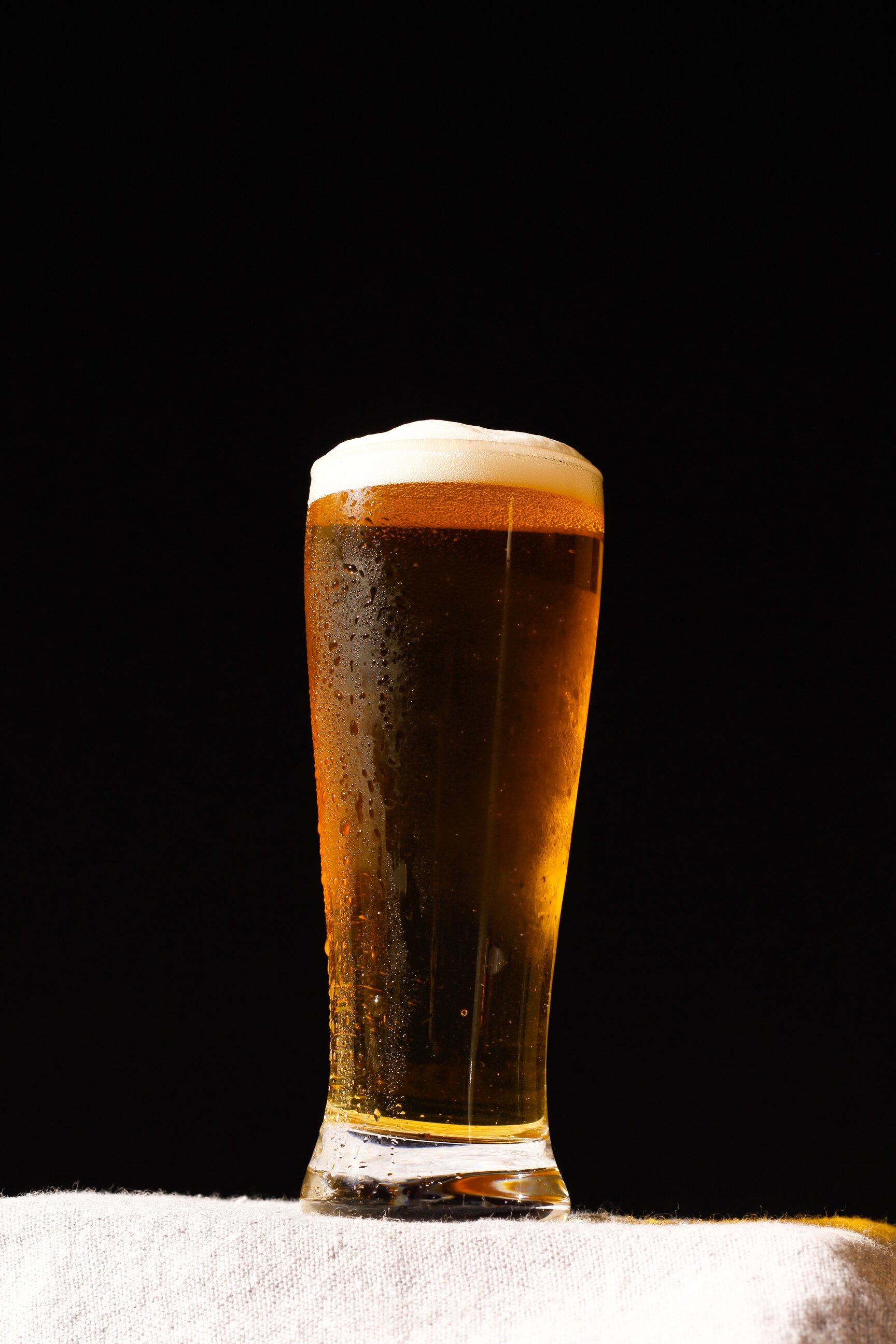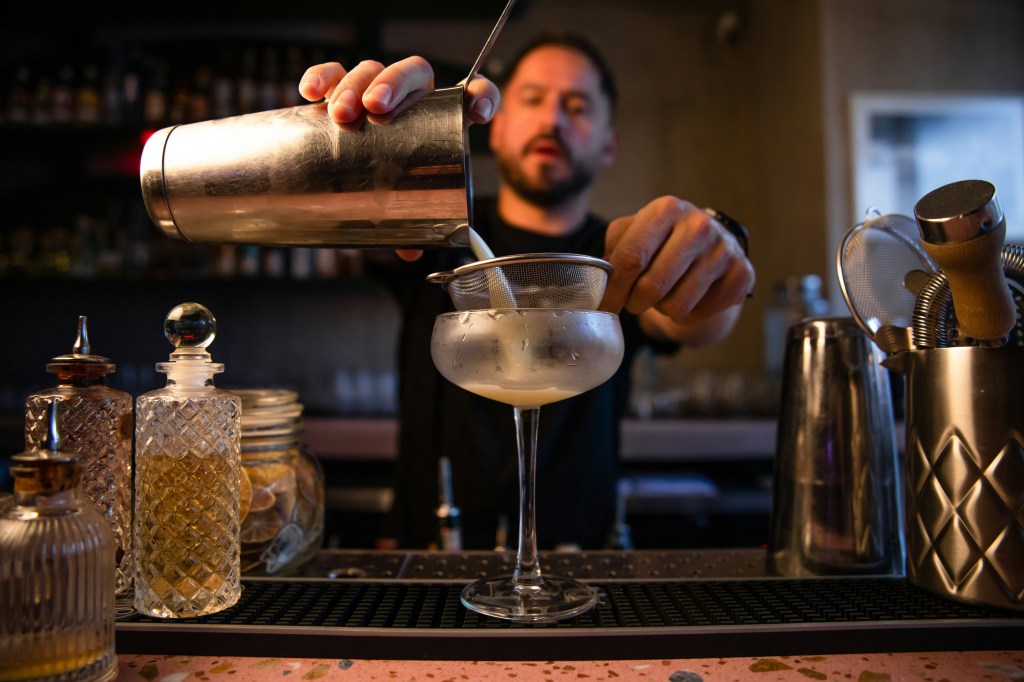6 Trends for Beer Brands in 2023
As we get deeper into 2023, the market is remaining tumultuous with some sectors of the Beverage Alcohol category falling behind others. But, there are also glimmers of hope, with consumers clearly signaling their intentions giving brands insight into the future. So there’s still opportunity to craft an effective growth strategy for 2023 and beyond.
With that in mind, here are 6 major trends for emerging beer brands to keep an eye on in 2023:
1. Premiumization Is on the Rise
Though it may be surprising due to the economic strain both consumers and brands are under, premiumization is not going away. Instead, consumers are making an effort to still buy products they consider affordable luxury. In the past year, premium beer sales represent 68% of total Beer dollar sales off-premise. This seems to show that consumers are starting to bounce back from both the pandemic and recession fears. It’s also a positive indicator that premium brands can make gains off-premise even as sales on-premise return to normal.
However, focusing only on premium alcohol isn’t a guarantee of success. Especially if you are looking at selling premium spirits in addition to beer. In 2022, Premium+ brands were up to a 69.1% dollar share of Spirits vs. three years ago. But, there was only a +1.2% Premium+ dollar growth vs a year ago. This may be a sign that the market growth is slowing. So you may consider reviewing your premium offerings to see where there’s an opportunity and where there’s a concern.
2. Audience Targeting Challenges
In 2023, older generations will continue to be the largest spenders and most frequent shoppers. But, as Gen Z becomes a larger portion of the consumer market, beer brands will need to understand their unique perspectives and demand if they want to keep up. 32% of Gen Z say a product must be high quality for them to make a purchase and 28% seek a recommendation from friends and family first. Unfortunately, many brands still aren’t able to connect with this emerging market and are leaving money on the table.
Of particular note, Gen Z consumers care more about brand activism and engagement in social or environmental causes. NIQ data shows that Gen Zs are more likely to purchase from a certain company if they develop products responsibly and sustainably. it also confirms that the top 3 concerns for Gen Zers are animal welfare, climate change, and air pollution. If you can align your brand with these concerns, you’ll have a better chance of building brand awareness and connecting with the future of the category.

Get Greater Insights with Free Data Today
Sign up for a free Byzzer™ account to get 3 free reports to understand your brand, category, and a few competitors for the category of your choice. No Strings Attached.
3. A Shifting Channel Mix
In the past two years, on-premise alcohol sales have been recovering from the COVID shutdowns. But, they aren’t yet back to pre-pandemic numbers. In today’s marketplace, 33% of consumers say they are visiting the on-premise more often in 2023. Still, consumers are supporting the Convenience channel and getting their beer in the easiest and friction-free way.
Additionally, more consumers than ever are choosing to shop with an omnichannel mindset. In fact, more than one in five (22%) shoppers now plan an in-store shopping trip combined with a prior online order. In 2023 and beyond, demand across channels may normalize depending on economic changes. This means on-premise may have more upside in 2023, while off-premise continues to grow at a strong pace. Targeting consumers across the board may be the key to sustained growth.
4. Health & Wellness Matters to Consumers
Between August 2021 and August 2022, total dollar sales of non-alcoholic drinks in the US stood at $395 million, showing a year-on-year growth of +20.6%. The most prominent of the bunch was non-alcoholic beer. It took up 85.3% of sales, up +19.5% from a year ago. Additionally, non-alcohol products are creating more repertoire buzz, and we’re seeing more established brands adding non-alcoholic options to their assortments.
Interestingly, NIQ data shows that 82% of non-alcohol beer, wine, and spirit buyers are also purchasing alcohol-containing products. This seems to show that non-alcohol drinkers are buying and consuming their beverages in social situations with those that drink alcohol. This growing consumer behavior offers new avenues for brands to expand their assortment or target a new demographic. It’s also why more big-name brands are continuing to expand into the market with new 0% alcohol options.
5. Sustainability Is a Factor
NIQ research has shown that consumers care about sustainability—and back it up with their wallets. Even more interesting, almost all consumers (95%) are trying to take some action to live sustainably. While this trend is not being pursued as much in the beer market as in other categories, it’s still a growing trend worth keeping an eye on. Particularly as consumers have been becoming more vocal about their demand for sustainable products.
Alcohol products with attributes including “eco friendly certified” and “responsibly sourced” outpaced the growth of total alcohol in 2022. As a consequence, more brands and retailers are leaning into ESG strategies that align with this shifting consumer concern. Additionally, brands are leaning into regenerative agriculture and other sustainable processes. If your brand is already taking these steps, you may want to do a better job of drawing attention to this effort through state and qualified product attributes.
6. Consumers Are Reacting to Inflation
CPG consumption continues its downward slide compared to 2022 sales. For many beer brands, dollar volume is growing, but the volume of products sold isn’t. This means they’re overly reliant on price increases to stay growing as consumers choose to tighten their belts. Promotional sales also continue to trend higher than the total market growth. With 50% of shoppers willing to stock up when their brand is on sale, promoted prices will be a key basket driver for retailers.
Still, as we noted earlier, shoppers are continuing to use beverage alcohol as an affordable luxury that they don’t want to compromise on. Even better, 17% of consumers say they are planning on spending more on alcohol in 2023. So, there’s still space to grow your beer brand by connecting with both cautious consumers and those willing to spend a bit more on premium beer, particularly for seasonal events or holidays.

Stay on Top of Beer Trends with Reliable Data and Expert Insights
Growing a beer brand requires understanding your customers, sales trends, growth opportunities, and future demand. Which is a lot to ask if you don’t have access to accurate data and valuable insights. The experts at NIQ are here to help.
Byzzer™ powered by NielsenIQ provides emerging BevAl brands access to the essential data they need to successfully react to these shifting tides and build growth strategies. Current retail measurement data shows how comparable products perform in various retail channels, helping you target the right retailers and distributors. We also track online and omnichannel sales. So, you can even understand the growth of selling alcohol online and get a full view of your brand and category.
Talk to our experts about new options custom-built for emerging and growing brands alike.
Don’t miss out on crafting a powerful expansion strategy for 2023 and beyond with NIQ!



